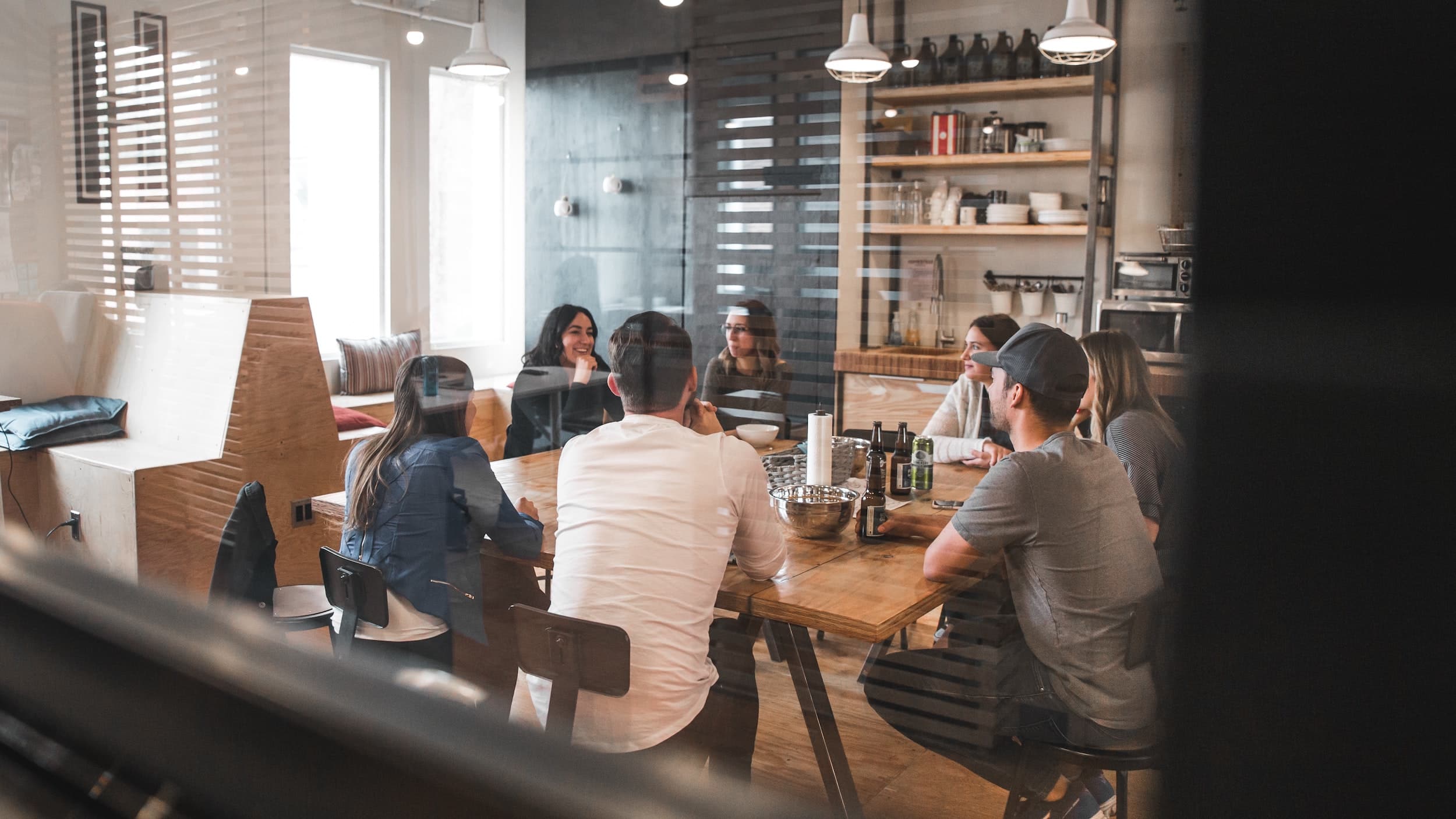SPONSORED POST
In the retail world, there’s no longer a war waged between in-store and online. Instead, it’s all about delivering value to the customers, wherever they are. How can commercial offices take a leaf out of retail’s book? Yardi’s Bernie Devine offers three ideas.
Yardi’s latest report, Retail reimagined, offices optimised, lays the challenge out in black and white.
“After two-plus years of working from home, people want more from their office experience. They want the comforts of home, the convenience of a five-star hotel and the aesthetics of an on-trend café,” Devine, Yardi’s Senior Regional Director, notes.
“It’s a big ask, and a few licks of paint, new lighting and a fresh layout won’t be enough. People are looking for a seamless and personalised experience whether they are on or offline. And that requires a completely new way of thinking about space.”
The e-commerce juggernaut has already transformed the shopping centre experience, Devine observes, and Yardi’s latest piece of thought leadership presents 15 insights from retailers already of the curve. Here are just three…
1. Integrate to inspire
“Retail customers now expect to engage with brands through a variety of channels – apps, order pickup lockers, pop-up locations – and that expectation extends to the office,” Devine says. “People don’t see distinct channels, just different aspects of their lives. The secret is to blend physical, digital and virtual spaces so people feel connected to their workplace and their colleagues, wherever they are.”
Devine points to US stationery supply store Staples, which has recently rolled out a series of new spaces that are far more than retail. “There’s co-working, podcasting and community event spaces all within the retail footprint. The strategy means customers are attracted to the store for many more reasons than just splashing their cash.”
2. Look for loss leaders
Retailers have used the concept of the ‘loss leader’ – whether that’s a super special or a free sample – for decades. Many retailers now see their physical spaces as showrooms that promote products that can be purchased through any channel.
“We are starting to see some retailers use their physical stores as showrooms – in other words, loss leaders. Why? Because they know the data they gather from stores can be more valuable than anything they could sell in the stores themselves.”
3. Play in the metaverse sandpit
As retailers experiment with everything from 3D ‘treasure hunts’ to virtual restaurants that deliver real food to the customer’s door, landlords can too. “Start considering how the metaverse could be a key to unlock new office experiences and revenue streams,” Devine suggests.
Devine points to the Meta Experience Centre in Barangaroo as an interesting illustration of the possibilities. “MXC is an invite-only, 3D virtual space that offers an immersive experience. Sure, you can play games or check out the future of retail. But most, importantly it lures people away from their loungerooms and back to the physical workplace,” Devine says.
Devine’s message is crystal clear. “The world has changed, and so must the mindsets of commercial landlords. Retail is a few steps ahead when it comes to creating excitement, unexpected moments and, importantly, non-rental revenue opportunities.”
Learn more
Download Yardi’s latest whitepaper to explore 15 connections between reimagined retail and optimised offices.
Download the paperAuthor | Bernie Devine
Regional Director, Asia Pacific, Yardi Systems
Bernie has over 30 years’ experience dedicated to real estate, technology, and leading digital transformation. He supports real estate clients with a range of assets, to use technology and best practice processes to grow their operations, create efficiencies, and gain better insight into their business. His expertise includes asset and investment management, private equity, operations improvement, program and project management, finance and compliance.
Bernie has led large-scale technology projects, as well as led and supported Proptech start-ups, across Australia, the USA, Middle East, Asia and Europe.


